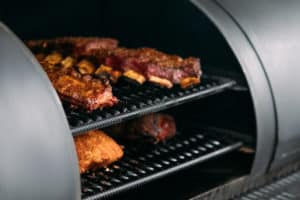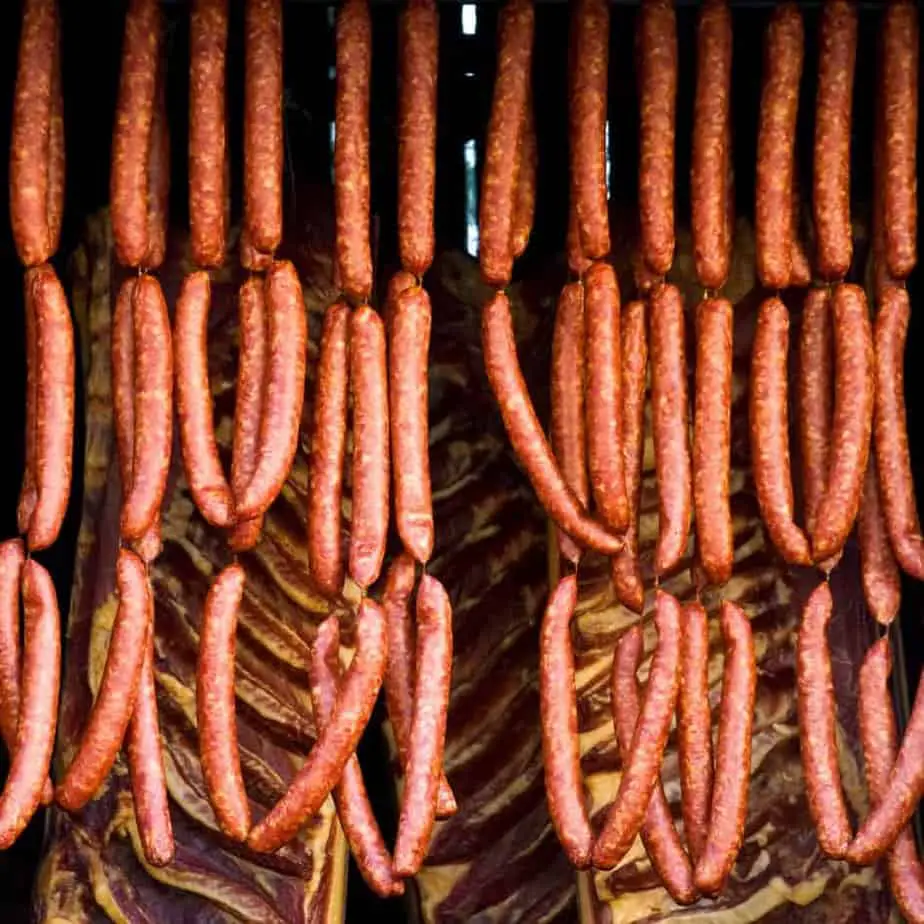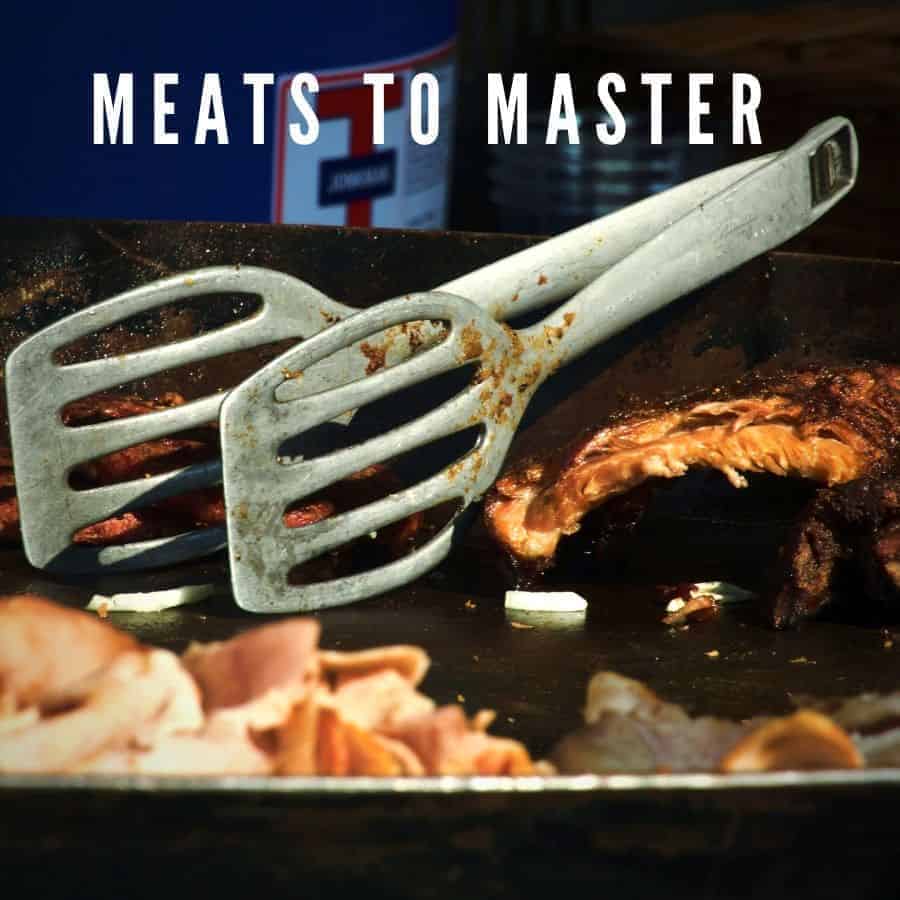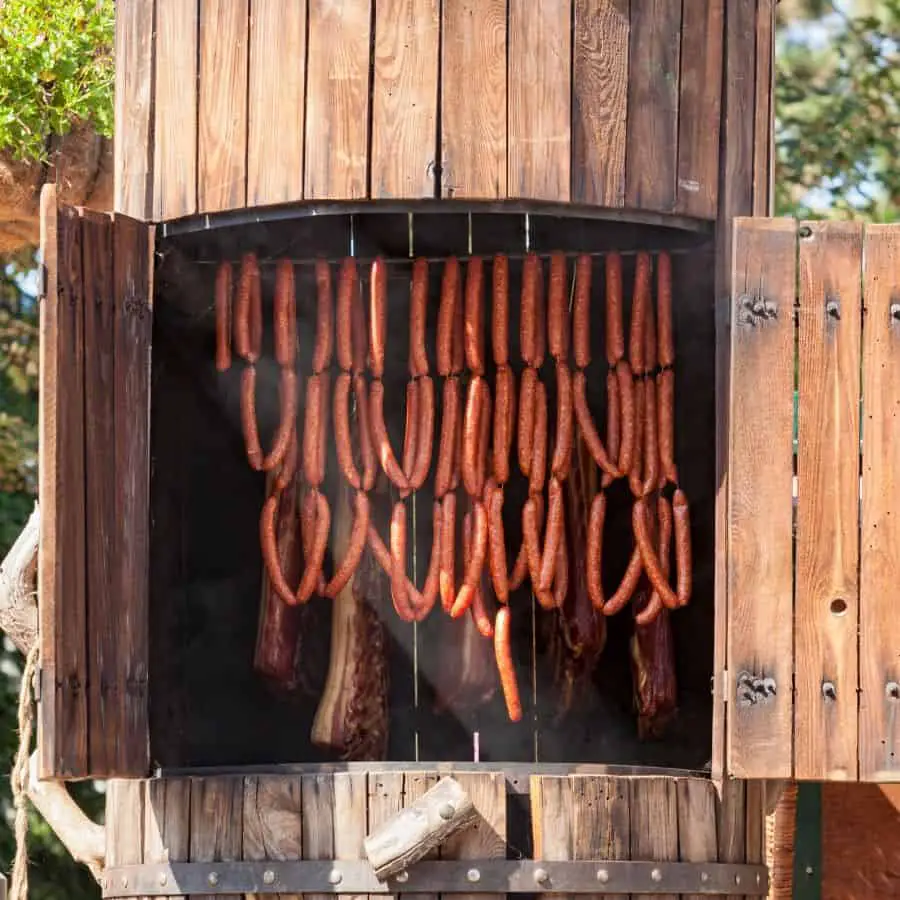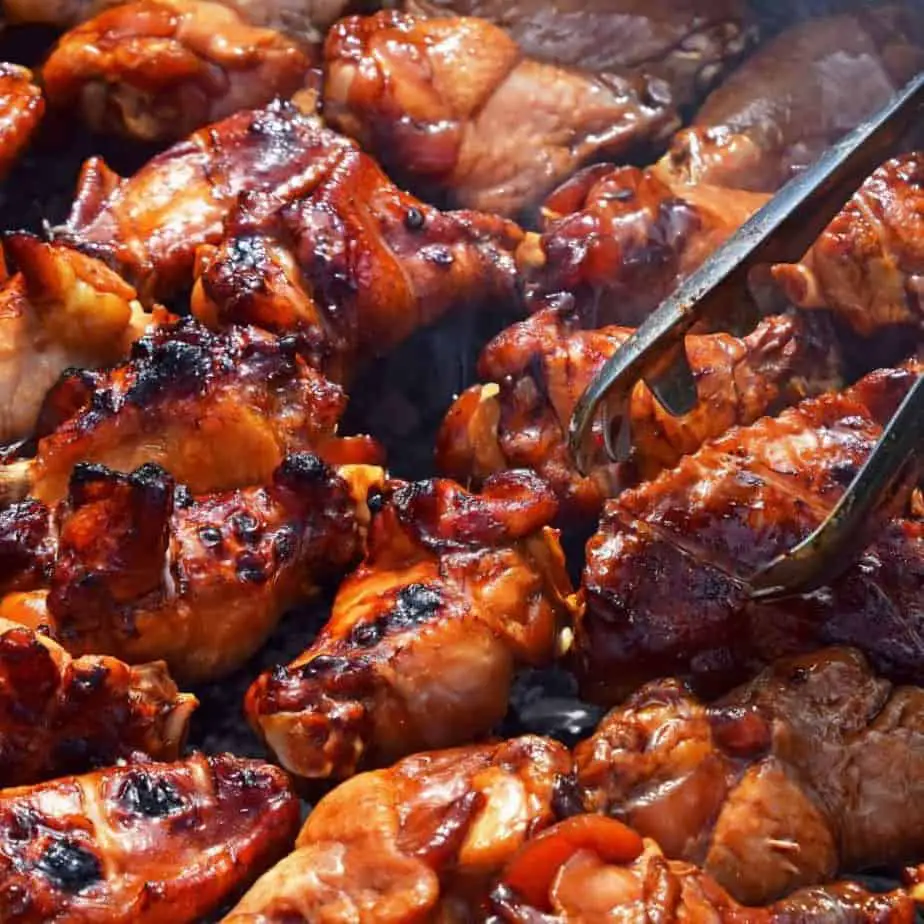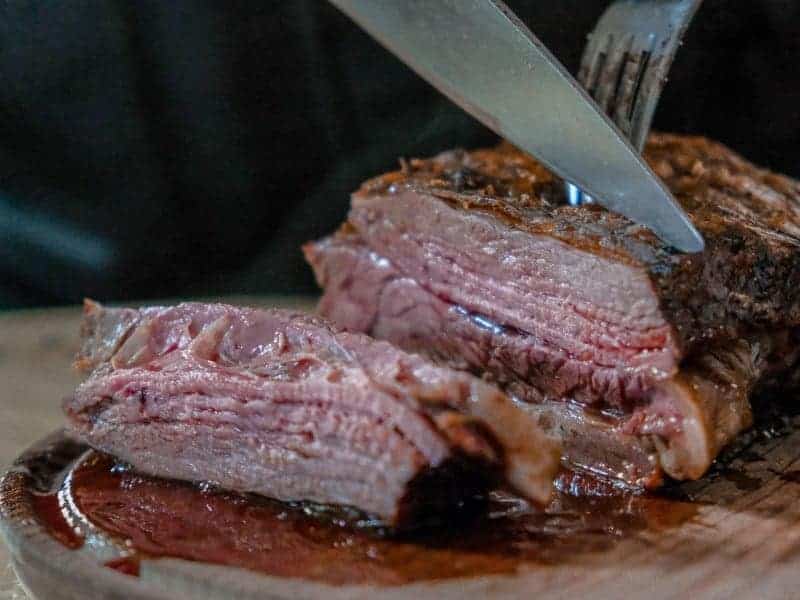Most Common Smoking Mistakes and How to Avoid Them
Disclosure: This post may contain affiliate links. If you use these links to buy something we may earn a commission at not additional cost to you. Learn more.
There is truly nothing quite like a delicious, succulent piece of meat that has been perfectly smoked. The taste is fantastic, with the right amount of smokey infusion to caress your palette, while the texture is more than ideal, flaking right off the bone. And while smoking meat can be somewhat of a challenge, as long as you avoid common mistakes, you should get the hang of it just fine.
The most common smoking mistakes and how to avoid them include everything from choosing the wrong meats and woods to simply not being patient enough to let the smoker work its magic. Smoking needs patience, consistency, and plenty of pre-planning and dedication in order to be successful.
It’s true that smoking meat takes a lot of time and energy on the ‘chefs’ behalf, but it can certainly be done. As long as you are avoiding these top 14 smoking mistakes, you should have successfully smoked meat on your dinner plate in no time.
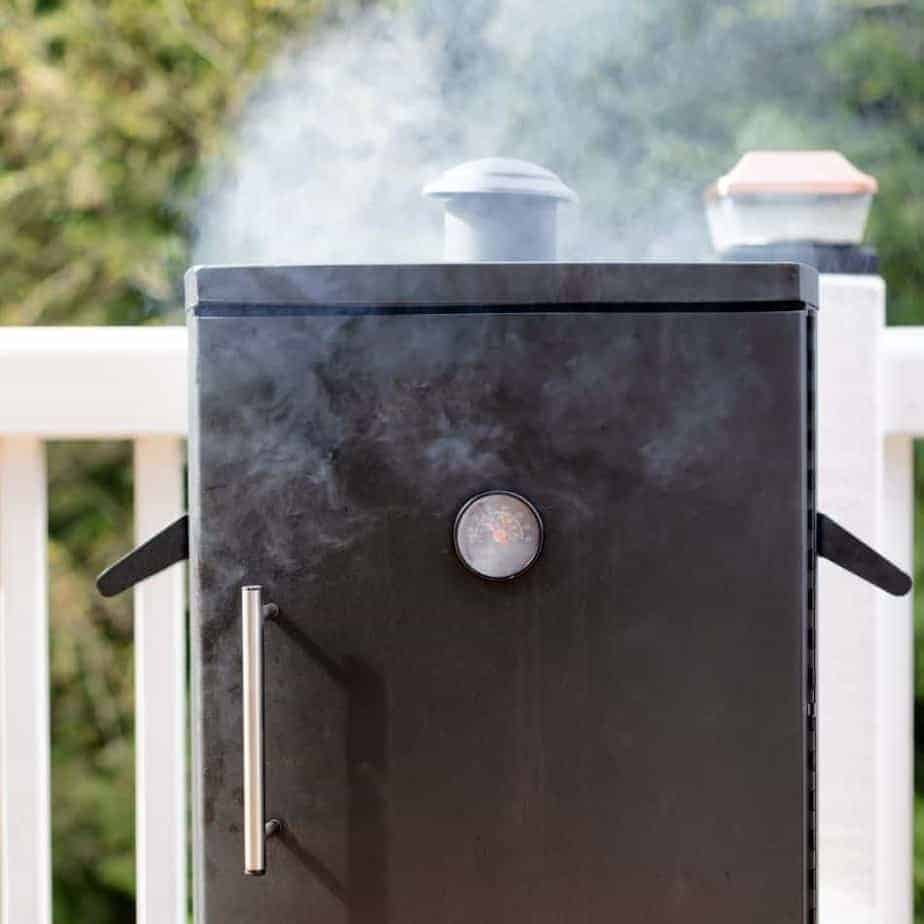
Biggest Mistake: Not Being Patient
By far the biggest mistake anyone can make while smoking meat is not being patient. Remember, smoking meat can take anywhere from as little as 2 hours (which is the case for less fatty cuts like pork chops) to 8 to 14 hours (which you will need if you’re trying to smoke a tougher meat like brisket).
Solution: You need to give yourself ample time to smoke your meat of choice. Trying to rush the process by adding more heat or opening the lid every so often will lead to meat that’s either not cooked all the way, or is overcooked and lacks in flavor.
Being patient is key to deliciously smoked meats. If you’re not a patient cooker and do not want to wait hours to smoke a piece of meat, then smoking may simply not be right for you. However, if you are able to set aside a distinct amount of time and not get the discrepancy, try your hand at smoking.
Another Common Mistake: Opening the Lid too Often
Another very common mistake that can have detrimental effects on your smoked meats is opening the lid too often. By doing so, you will be seriously messing up the length of time it takes to smoke your meat, and you might also be sucking some of that tasty smoked flavoring right out of the meat.
The biggest impact opening the lid too often will have is cooking time. Say, for instance, you are cooking a tri-tip for 6 hours. If you continuously mess with the lid and let the heat out, it might take up to 8 or 9 hours to complete the smoking process, depending on how often the lid was opened.
Solution: Leave the lid closed the entire time your meat is being smoked. Meat should only be checked as little as two times during the smoking process, once around an hour after you begin smoking and right before it’s supposed to be done.
You may also need to replenish charcoal and wood while smoking your meat. Most smokers will come complete with a separate area for storing these products so the area with the meat won’t have to be affected. However, some smokers will require you to lift the lid to replenish. This should be done as little as possible.
Using the Wrong Type of Wood for Your Meat Choice
Did you know that you need to pair your wood flavor with your meat, and some choices aren’t all that great? Most of the time the recipe you’re using will have some recommendations on wood flavor, but you also need to consider the type of marinade or dry rub you’re using.
If you’re using a rather sweet marinade, you want to enhance the sweet flavor and should opt for a cherry or apple wood flavor. On the other hand, if you want something richer with a twinge of spice, then hickory and mesquite flavored woods are always an excellent option.
Solution: Always make sure that you take into consideration the type of meat you’re cooking, marinade or dry rub being used on the meat, and your personal preference when it comes to choosing a wood flavor.
Choosing flavors that don’t blend well together could lead to a slab of meat that’s conflicting and overall unpleasant, and that is why it’s a crucial step when it comes to a successful smoked meat.
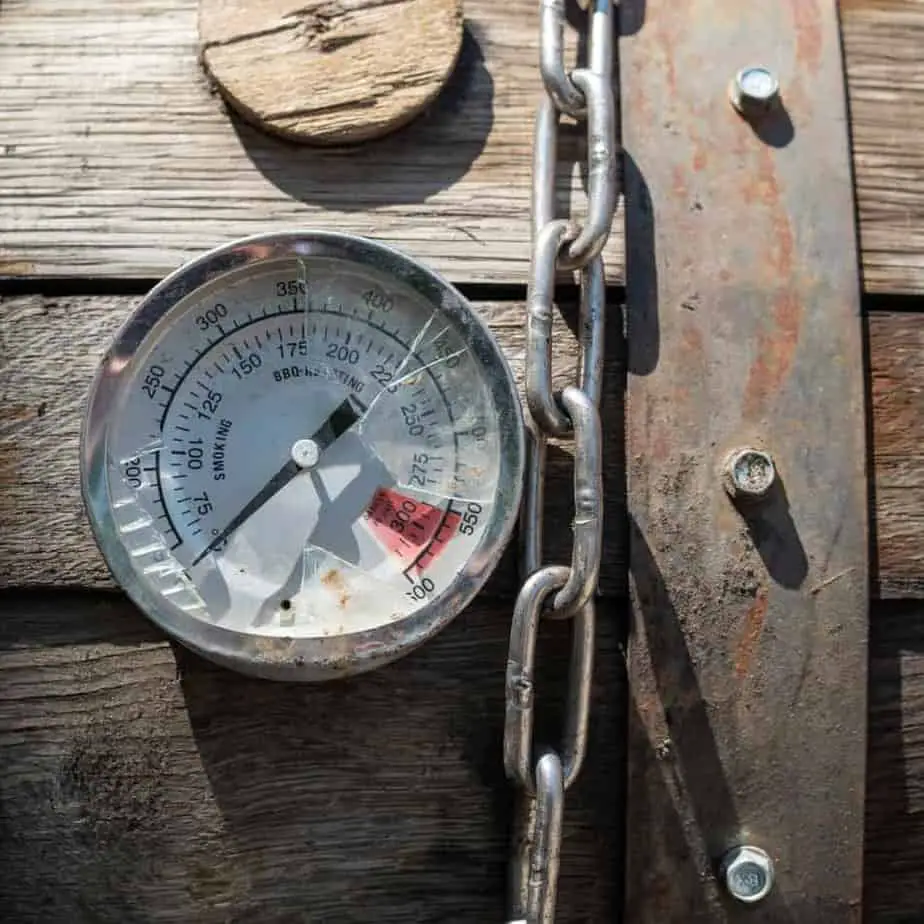
Not Controlling the Temperature Properly
If you do not control the temperature in your smoker, you will be destined for failure. Without the temperature being controlled, your meat may be overcooked or undercooked fairly easily, leading to a failed smoking attempt.
Solution: Always make sure you are controlling the temperature of your smoker using the air valves. The one on top should almost always be open to release excess smoke, while the one located on the bottom will control the temperature.
To ensure that your temperature stays correct, you may need to open the bottom air vent more or close it (never all the way) if you’re trying to heat it up. Throughout the cooking process, make sure you’re checking the temperature, so it stays the same.
Overcooking or Undercooking the Meat
Have you ever tried a piece of meat that was overcooked after being smoked? Not only is it tough, but there’s usually an unpleasant excessive amount of smoke that’s been locked into the piece of meat.
On the other hand, a piece of meat that looks great on the outside, but when you cut into it red juice seeps out, that is not ideal either. Not only is that visually unappealing, but for a lot of meat, it’s dangerous.
Solution: Always make sure your meat is thoroughly cooked. Avoid overcooking by controlling the temperature and not letting it get too hot. Avoid undercooking by allowing the full cooking time and checking the meat at least an hour before it’s supposed cooking time. Also, use a quality instant-read thermometer to ensure the meat is just right!
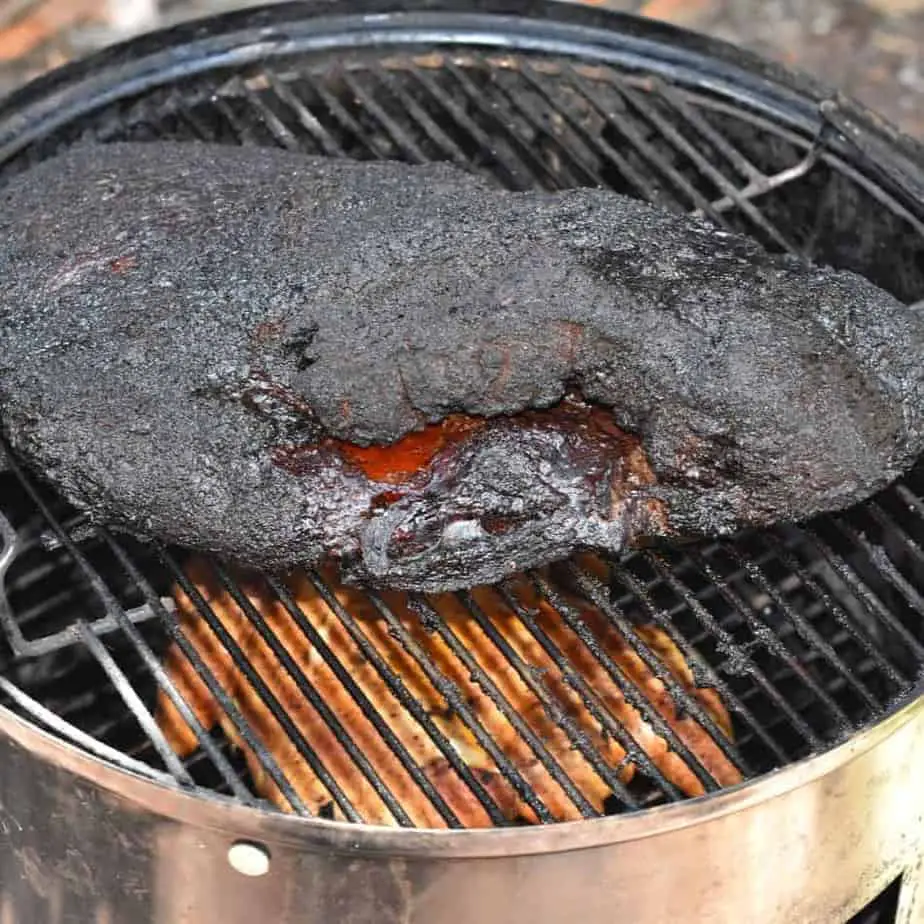
Not Letting the Meat ‘Rest’ After Smoking
Of course, after all that time of smoking the meat you want to dive right in the second it’s done- but this should be avoided at all costs. Your meat needs to rest after it’s done cooking. This allows the meat to reabsorb the juices and flavors to the fullest, resulting in a simply exquisite smoked product.
Solution: Let the meat rest after smoking. Take your meat off the grill and place it on a plate. A lot of individuals find that covering the meat in foil helps the overall resting process. Let it sit for at least 30 minutes before consuming it.
At this point, many will add on their favorite barbecue sauce so the meat can absorb all of the barbecue sauce flavor while it rests. This is the ideal time to add sauce because it won’t mess up your smoker with a big mess and the meat will really take on the saucey flavors.
Putting Too Little or Too Much Seasoning
A piece of meat that is drenched in spices and seasonings is downright gross- think of biting into something and your face cringing at all of the excess flavors. It’s also not a great idea to place too little seasoning on the meat as this will leave you with a bland flavor (although you will still have the great smoky flavor).
Solution: Don’t put excessive amounts of seasoning on your meat with the hopes it will taste good, but don’t be so skimpy that the flavor isn’t present. Place the right amount of seasoning on your meat.
Choosing the Wrong Type of Meat
If you are a beginner at smoking meat, you want to avoid meat that requires more time and effort and dedication like brisket or tri-tip. Starting off with a simple meat, like ribs, is an ideal choice.
It’s also important to note that some meats will require the addition of brines and basting in order to be successful. This is due to the fact that meats with a leaner cut without extra fat are prone to drying out.
With these lean meats (pork chops, chicken, turkey), you need to brine before cooking and spray water, apple juice, or butter onto the meat or poultry throughout the smoking session.
Solution: Beginners should start with a simple meat such as baby back ribs (pork or beef). If choosing a leaner meat, make sure to brine and continuously toss on moisture and fat to ensure it doesn’t dry out while smoking.
Choose a meat that you are comfortable with and do the proper research to ensure you know exactly how to handle the cut while smoking. As previously mentioned, some meats are prone to drying out, while others need to be prepped a specific way before being smoked.
Trying to Cook Too Much Meat at Once
It’s a big problem when you’re overstuffing your smoker: you will not be able to cook the meat properly, with some spots being more cooked than others due to overlap. Not only that, but having too much meat in your smoker will result in a cooking time that may be doubled or even tripled.
Solution: Make sure you’re not trying to shove too much meat into your smoker. There should be a few good inches between all of your products in order to smoke them properly.
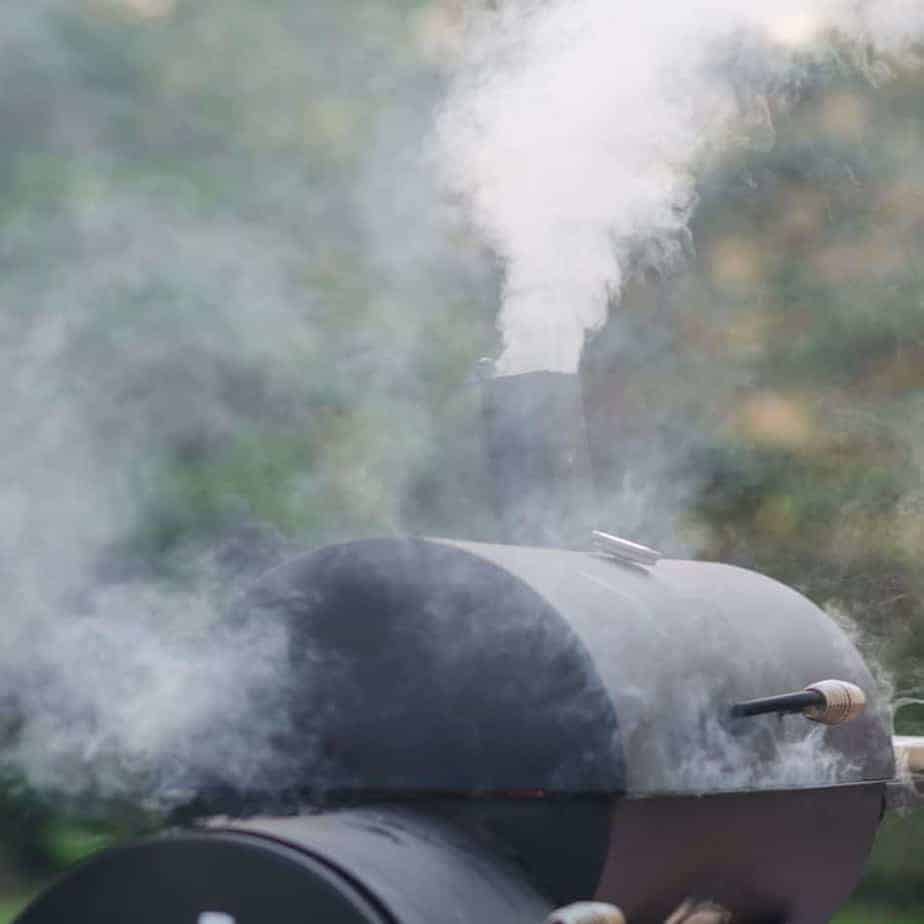
Allowing Too Much Smoke in The Smoker
When you’re smoking meat, you want that delightful smoke flavor; that’s what smoking is all about! However, if you have TOO much smoke in your smoker, your meat is going to come out with a heavy, unpleasant flavor that’s anything but nice.
Solution: Much like you need to control the temperature in your smoker, you must also control the smoke levels. There should be a nice stream of smoke leaving from your smoker, not an overpowering steam engine type smoke.
You can control the amount of smoke using the upper air valve. Leave it open at all times during smoking; it should never be shut completely, but if you need a little bit more smoke, you can lightly close off the valve when needed momentarily.
Using Lighter Fluid to Ignite the Charcoal
Using a lighter to light your coals is simple and is commonly used by almost every barbecuer out of convenience; but did you ever stop and think about the horrid taste that lighter fluid and other chemicals give your meat?
If you are really looking to create some delicious, decadent smoked meats, then you need to avoid using lighter fluid at all costs. That being said, you should also not use other chemical products like gasoline, fire starters, etc.
Solution: Try using a match and a few pieces of newspaper to get your charcoal lit. This may take a little extra time on your part, but it is well worth it. Using a more natural form to light your coals will enrich the flavor of your meat and make it an overall success.
More can be found in my article on how to avoid the lighter fluid taste.
Not Replacing the Wood When Needed
One thing you must always remember when smoking meat is that the wood is going to burn out over a period of time. If you don’t remember to replenish the wood, then you’re likely to have meat that is not being cooked and not being infused with that enjoyable smoky flavor.
Solution: Check your wood every few hours to see if it needs to be replaced. You can typically tell when wood needs to be added by checking your smoke levels, but if you can’t, then open the door and check to see if you need to toss in more wood or not. Again, don’t this so often that you lose heat and mess up your smoking time.
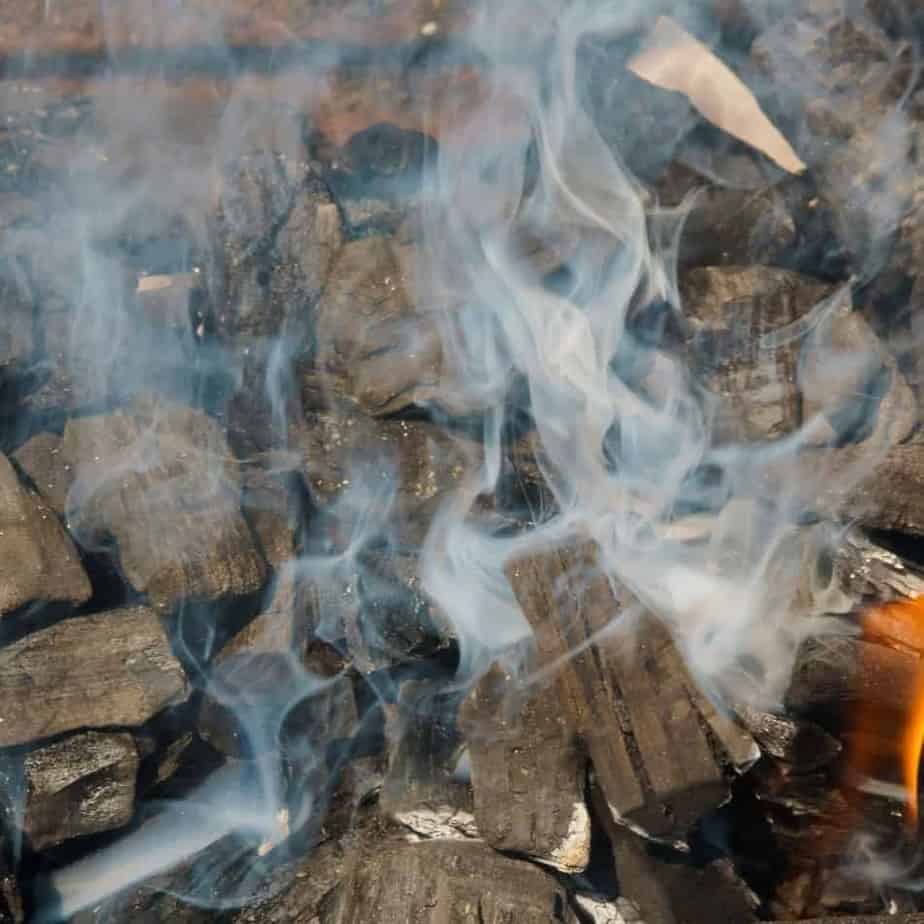
Choosing Bad Quality Wood
Wood that is not in season, green, or wet should never be used to smoke meat. Resin woods should also be avoided at all costs. Here’s why:
- Wood that is not in season is likely not going to burn well or give your meat the smokey flavor you’re after. It’s more likely to add a bitter, bland flavor and burn up quickly in your smoke box.
- Green wood, if not used by a professional who truly knows what they are doing, will give your meat a very bad taste. Green wood can destroy a variety of meat cuts quickly if not being used properly, and therefore should be avoided at all costs.
- Wet wood should also be avoided as it won’t heat up. This means you will spend a whole lot of time trying to get the heat to rise in your smoker, only to be left disappointed by a slab of wet wood that simply won’t catch.
Solution: Only by seasonal wood, and make sure you’re buying high quality woods with the right flavor. We can’t stress how important flavor pairing is when it comes to wood, so check to see what specific flavor the wood has so you know you’re making the right choice.
Not Being Prepared
Smoking shouldn’t be done by someone who wants to mosey outside at 5PM, throw a few steaks on the grill and call it a day, ready to eat by 6:30PM. Smoking meat takes a lot of preparation, time, and energy, and if you are not properly prepared, your smoke session will be a failure.
Here’s how you can make sure you’re prepared for a successful smoked meat:
- Always make sure you give yourself adequate time. Remember that some thick meat may need over 5 hours cooking time to be properly cooked and smoked, while others may be around 2. Either way, you need to make sure there’s ample time to let the smoker do its job.
- Prep your meat beforehand. Cut off excess membranes and fat and place a dry rub or marinade on your meat. Try and leave the dry rub or marinade on your meat for as long as possible, but at least an hour prior to smoking.
- Preheat your smoker. This is crucial! If you throw your meat onto the racks while you’re still trying to get the right temperature in the box, you might mess up your meat and screw with the actual cooking time- so preheat to the right temperature before adding your meat.
- Remember to replenish wood and spray certain meats. Wood will need to be replaced once or twice during the smoking process and don’t forget to do it. You may also need to remember to spray certain lean cuts of meat, so they do not dry out while being smoked.
- Don’t rush. After many hours waiting, you may start to feel antsy, but remember that a great smoked meat takes time. Don’t rush the process.
Conclusion
Smoked meats are some of the best meats you will ever taste, but there’s a lot that can go wrong when trying to use a smoker the right way. By avoiding these very common 14 smoking mistakes, you can inch your way to a successful smoke session and a plate of juicy meats, poultry, fish, and more.


